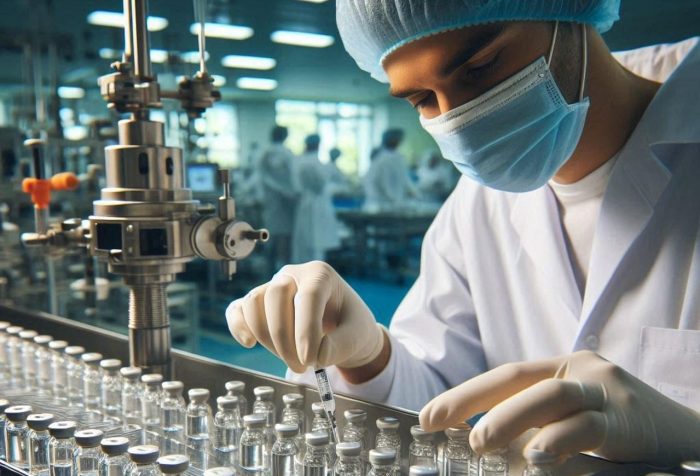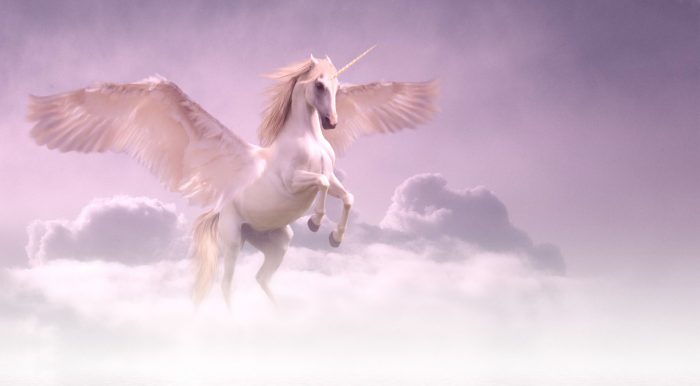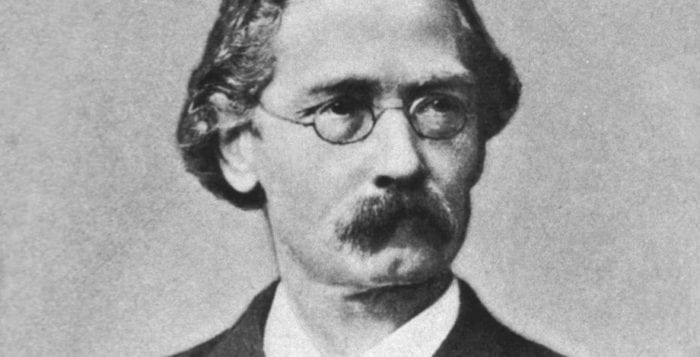By Daniel Dunaief

Six degrees of separation could help us all.
We are only six people away from anyone in the world.
We probably don’t have to go that far to find people who live throughout the United States.
That means we have friends, relatives, professional colleagues, former classmates and others who can make a difference.
New Yorkers likely have the support of Senators Chuck Schumer and Kirsten Gillibrand when it comes to critical funding for the National Institutes of Health and for the National Science Foundation, whose financial support is under severe threat from the current budget the senate is considering and that the house has already passed.
Cuts in these areas will have critical and irreversible consequences for us, our children, our families and our future.
The money that goes into science has paid enormous dividends over the decades. The United States is able to outcompete many other nations because it has attracted the world’s best researchers to cutting edge areas.
These people drive the future of innovation, provide medical expertise that saves lives, and start companies that provide numerous high paying jobs around the country.
Cutting back means retreating from the world stage, enabling other nations to develop treatments and cures for diseases that might cost us much more money or become less accessible to those who weren’t in on the ground floor.
It also will hurt our economy, as patents and processes lead to profits elsewhere.
Shutting off the valve of innovation will turn fertile fields of scientific exploration and innovation into barren deserts.
This is where those six degrees comes in. New Yorkers probably don’t need to urge our senators to commit to scientific budgets. But senators from other states, hoping to remain in favor with their party and to act in a unified way, might not be as comfortable supporting scientific research when they and their constituents might believe they don’t stand to gain as much from that investment in the short term. After all, not every state has leading research institutions such as Cold Spring Harbor Laboratory, Brookhaven National Laboratory and Stony Brook University, a top-rated research institution and a downstate flagship for the SUNY system.
You remember those relatives whose politics are different from your own and who often create a scene at Thanksgiving or the holidays? Well, it’s time to talk with them, not at them. Let them know how much you, they and, an argument that’s hard to ignore, their parents and their children stand to lose if they stop investing in science.
How about that annoying guy at the company retreat who is thrilled to talk about how sad the elites are these days?
Talk to him, too. Let him know that his parent with Alzheimer’s or his uncle with a debilitating condition could one day benefit from discoveries in labs that desperately need funding.
Indeed, his own hearing or vision might depend on continued investment into research about diseases that become more prevalent as he ages.
We all benefit from these discoveries and we all lose out when we stop investing or contributing.
As for his children, they might get jobs in companies that don’t yet exist but that will form as a result of the discovery of products or processes that arise out of research.
The United States is still the only nation to send people (and it’s only men so far) to the moon, allowing them to set foot on a place other than our incredible planet.
Those moments and achievements, even decades later, inspire people to want to become astronauts, to join NASA, to provide the kind of information and research that make future missions possible.
While we don’t need funding for everything, we benefit from ongoing efforts and discoveries in direct and indirect ways. Shutting down labs, reducing internships and graduate school offerings, and stopping the process of asking questions creates headwinds for innovation, the economy and medical discoveries.
Urge those outside of New York to write to their senators, to make the kind of choices that will support and enrich the country and to prevent a one-way road to a dead end. We don’t have to agree on everything, but it’s worth the effort to encourage people to let our elected officials know that their constituents understand what’s at stake.
A senator from Mississippi might not care what you, a New Yorker, thinks, but he’s more likely to pay attention to a resident in his district. We need science whisperers in every state. We can not and will not let the NIH budget decline without a fight. Take a jog, practice yoga, meditate. Then, go talk to those relatives and encourage them to support science and the future.








